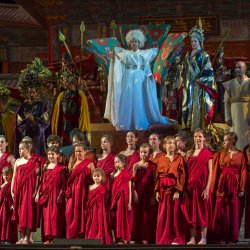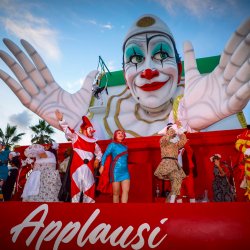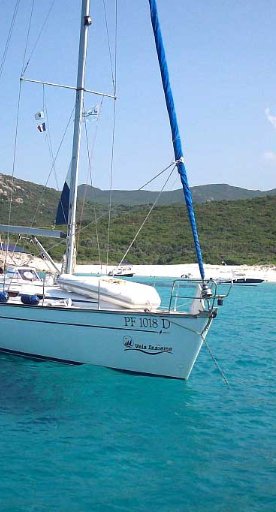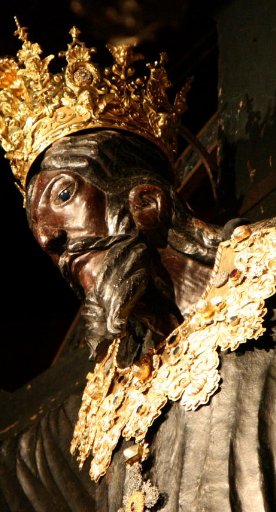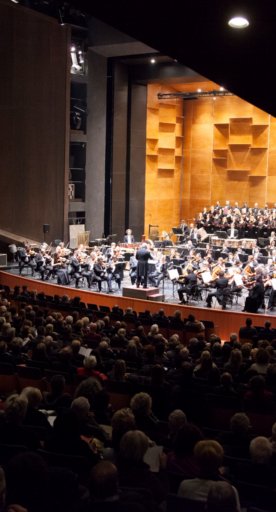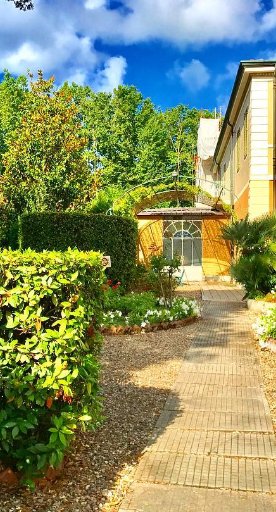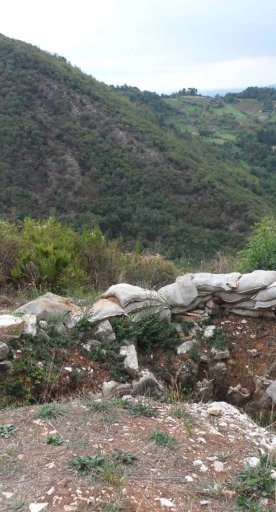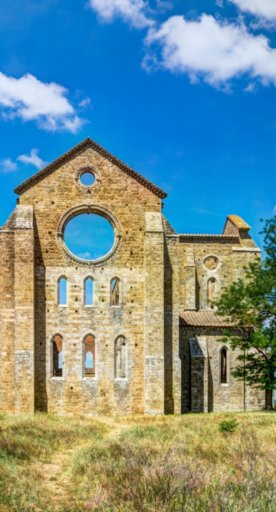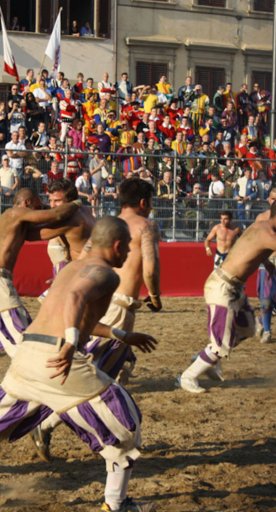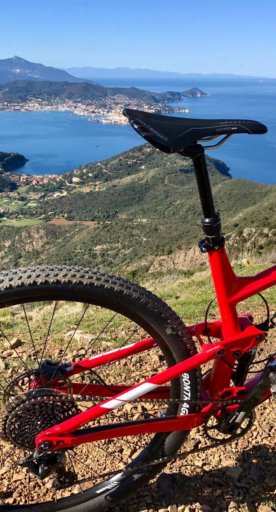Pietrasanta, a Tuscan treasure between the Apuan Alps and the sea
Explore the "little Athens"
Pietrasanta is long famous for attracting artists and inspiring masterpieces. Just one footstep into the cobbled streets of this gem of a town and you feel the wave of creative energy seeping from every stone. With famous artists such as Fernando Botero and Igor Mitoraj choosing to spend their lives creating and living here, the long list of reasons why artists adore Pietrasanta is clear. From specialized workshops, a vast wealth of materials available for sculpture, as well as the rich artistic heritage, it is certainly the ideal place to set up your easel, and let your imagination soar. Located in the area of Versilia, just 3 kilometres from the coast and at the end of the Apuan Alps, Pietrasanta is known as “little Athens” and boasts a cultural scene that is bound to leave you feeling content and inspired.
-
1.What to see
-
2.What to do
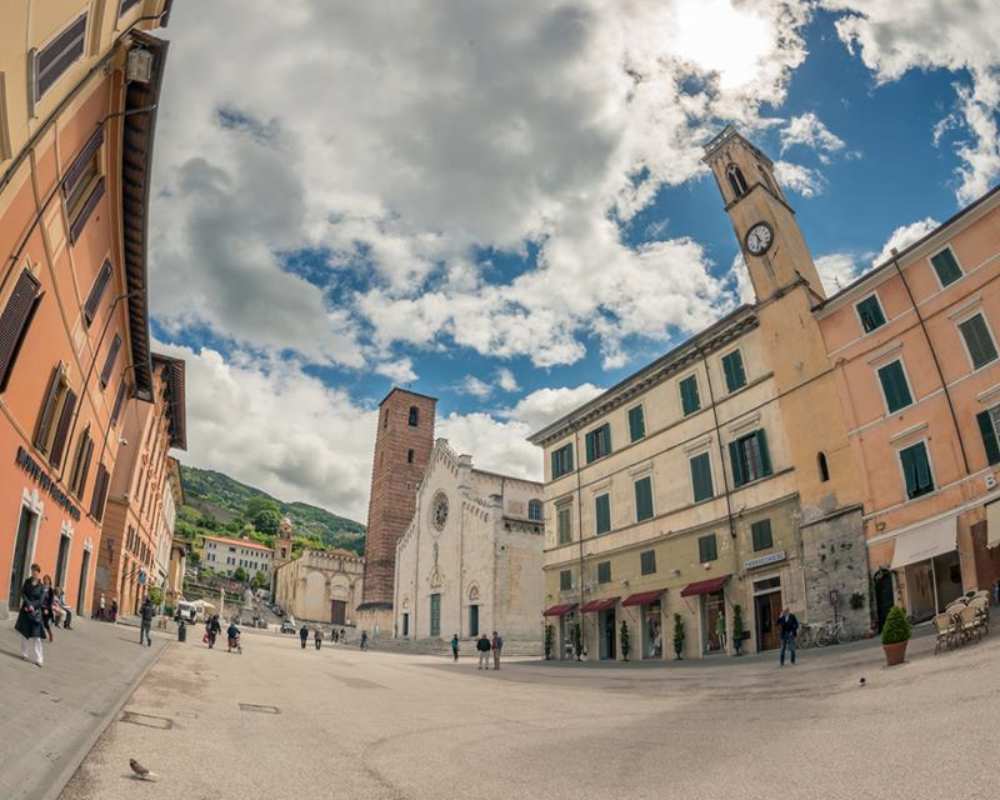
The intriguing history of Pietrasanta is worth knowing in order to enhance your experience of wandering the timeworn cobbles. The town owes its name to Guiscardo Pietrasanta, mayor of the Republic of Lucca, who founded the town in 1255 at the foot of the Lombard fortress in the pre-existing village called Rocca di Sala. The momentous occasion marked the end of the feudal period with the explusion of the Lords of Corvaia and Vallecchia, and the beginning of municipal power.
This initiated a long-standing conflict between Pisa and Lucca, both keen to take possession of the territory enriched by the port of Motrone and the passage of the via Francigena. There were also rich mineral resources of iron and silver making it a much sought after prize. Further contention makes up Pietrasanta’s myriad past, with Pisa, Genoa and Florence jostling for ownership up until 1513 when the city and surroundings ultimately became the dominion of the State of Florence and the Grand Duchy of Tuscany until the unification of Italy in 1861.
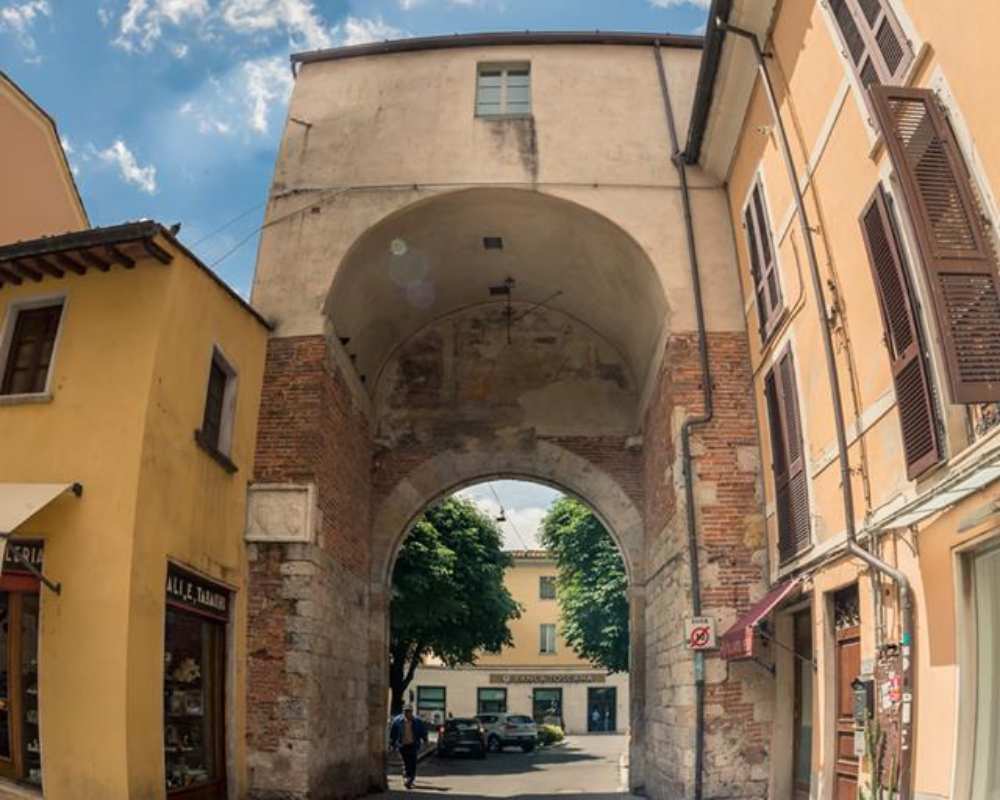
Many artists choose to spend their lives crafting in this inspiring landscape. Its proud long-standing tradition of cultural creativity can be experienced by visiting the numerous workshops of highly-skilled marble workers with which the village is intricately linked given its close access to rich sources of the sought after material. Galleries, art exhibitions and artistic events are never in short supply. Michelangelo himself was inspired to visit Versilia when in search of marble for his own works. From the houses to the cathedral, evidence of marble’s importance in the town is everywhere.
What to see
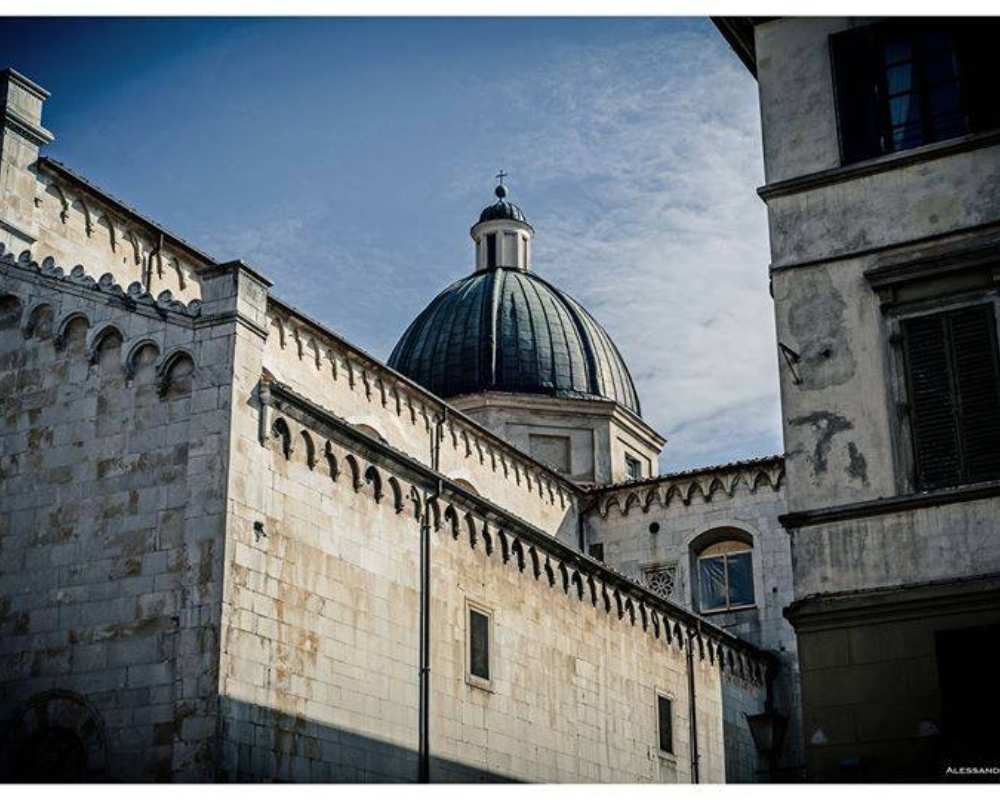
- The crown jewel of Pietrasanta is the Cathedral of San Martino. Dating back to the very first years of the town in the 13th century, it has been enlarged twice in its history, first in 1330 and again in 1387. The wall structure dates to the 16th century with part of the left transept conserved and still identifiable, adding intrigue to the exterior. The three-sectioned façade is covered in spectacular white marble, glistening in the sunlight. All eyes gaze at the magnificent 14th century marble rosette window, luring you to discover what lies inside. A 36-metre-tall bell tower looms beside it in a starkly contrasting red brick from the late 15th - early 16th centuries while inside awaits a true surprise – a masterfully crafted helicoidal staircase running vertically within, an unforgettable sight!
- Another site to add to your list is just a few short steps away – the Baptistery. It began as a 17th century oratory dedicated to Saint Hycainth, later acquiring two baptismal fonts in 1385 and 1612. The octagonal tub bears intricate features that are worthy of an up-close look.
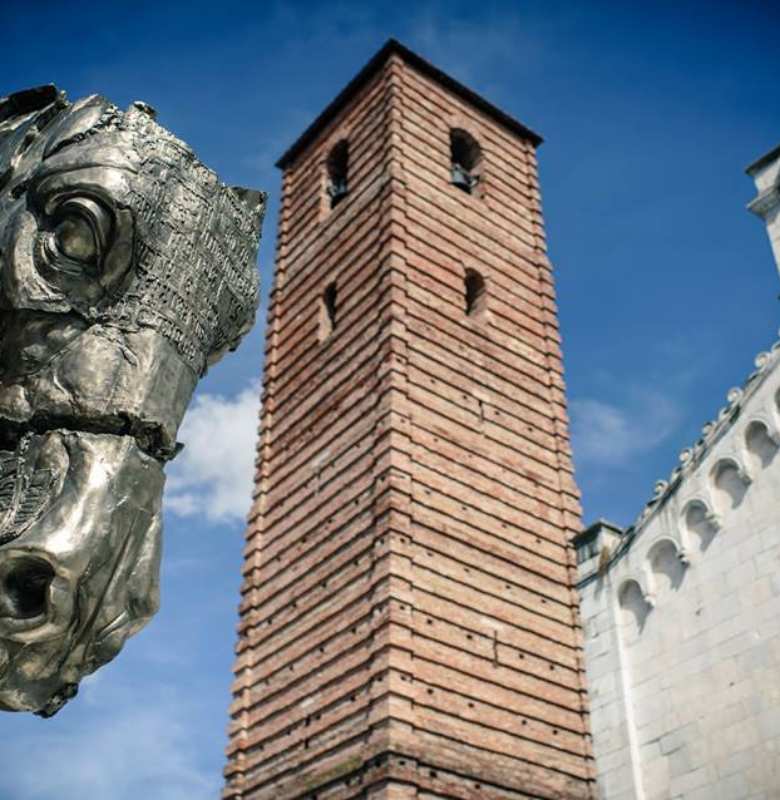
- The Church of Saint Augustine, Don’t spend too long there though, there is plenty more to discover! Commissioned by the Augustine order, the Romanesque church includes some remains of 14th-15th century frescoes. The adjoining convent incorporates architectural motifs and decorations you may have already admired at San Martino in Lucca. The church is no longer used for worship, and has instead become a location for temporary art exhibitions. From the unusual to the spectacular, it is definitely one to check out.
- All comfortably within the same area, Palazzo Moroni is just next to the complex of Saint Augustine. Everywhere you turn in Pietrasanta there is something that attracts your attention! Take a second look at the double external staircase, its characteristic feature. This is one of the most historically significant buildings in the city. With imposing classical decoration, this site was used for a large number of public functions. Today, it is home to the “Bruno Antonucci” Archaeological Museum and the Municipal Historical Archives, both of which will have you lose yourself in their impressive collections for hours of escapism and education.
- Look up at the marvellous Marzocco Column, also called Colonna della Libertà. You’ll feel dizzy from all the art, architecture and sculpture whirring around you! Made by Donato Benti in 1513, it symbolizes the power and rule of the Medici in Pietrasanta, a resolute gesture of their supremacy. Next to it, the intricately decorated marble Marzocco fountain with bas-relief works is the perfect spot to take a moment and soak in the spectacular ambience of this special site.
- Bordering the city, remnants of the centuries-old fortress walls can still be seen. Pick yourself up from the piazza where no doubt your mind is filled with thoughts and wonderings about all the rich heritage, and set yourself walking uphill towards Rocca di Sala where you will be treated to the most stunning view of the historic centre within one of its oldest compounds.
- Head back down to continue your journey of discovery. Opened in 1984, the Bozzetti Museum is split into two sites. With one part located in the ex-convent of San Agostino, a staggering 600 models by more than 300 artists, both Italian and from elsewhere. This museum is home to the moulds of sculptures created in the marble workshops and bronze foundries in the Versilia area and bears witness to some incredibly skillful works. The second location is a former industrial building of the 1920s. With further displays of moulds and models, you can also explore more about the techniques, machines and tools used to make these magnificent works of sculpture, mosaics and bronze. Be dazzled by the displays of such artistic excellence.
- The last one on our list is certainly not the least. The MuSa Virtual Museum of Sculpture and Architecture connects the two elements most characteristic of Pietrasanta: art and marble. Delving deep into the story of marble – from processing to product – emerse yourself in audio and images with many famous names enriching the exhibit. Advanced multimedia systems immerse you entirely in the fascinating and emotional story, captivating you with carefully curated material. MuSa is a must.
What to do
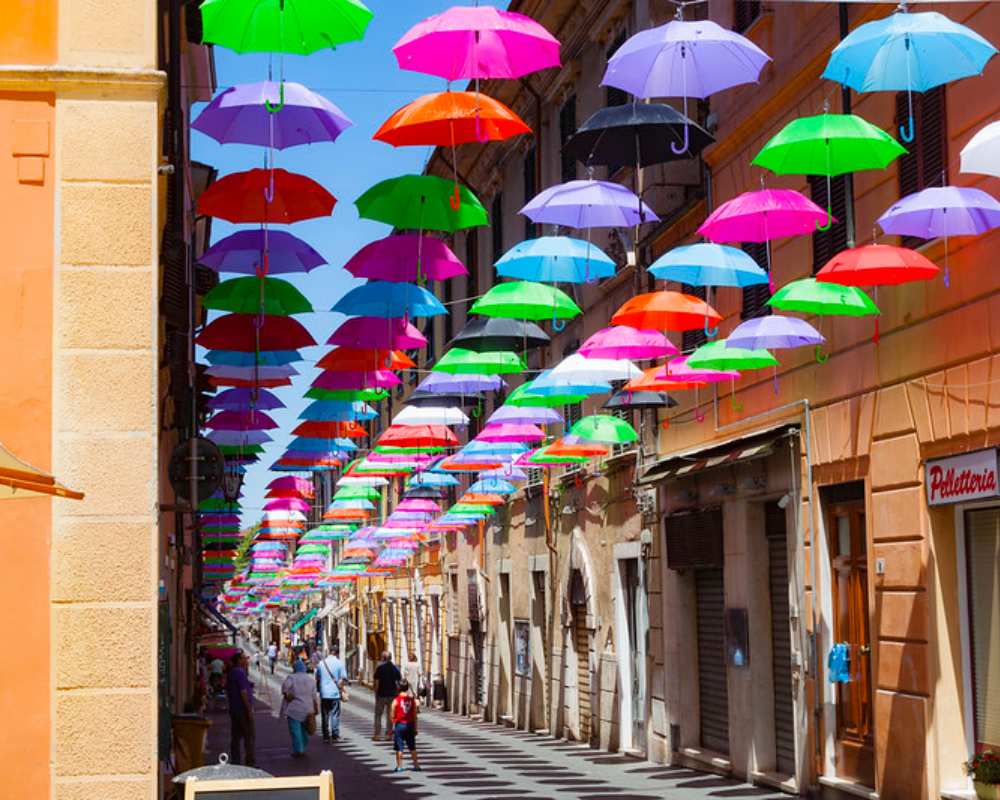
You’ve seen the sites but now perhaps you are looking for something a little more active. There is certainly no shortage of things to do in Pietrasanta. Peppered with tiny art galleries, workshops and fashion boutiques, shopping here is sure not to disappoint and will have you bringing home many unique treasures.
Feeling like getting your heartbeat up and taking some exercise? The via Francigena passes nearby for a walk along some of the historic route. Climb to the historic fortress of Sala for a view of incredible beauty and to explore the significant spot. Nestled between the sea and mountains, whichever direction you turn you’re sure to encounter wondrous scenery. Visit the parks of the Versilia for a stroll through spectacular surroundings with acres upon acres of centuries-old trees and the keen eyed among you can spot flora and fauna of rare and impressive breeds.
Luring a huge number of visitors every year, an absolute annual highlight is La Versiliana Festival. Drawing celebrities from the worlds of entertainment, politics, sport and publishing, there are concerts and performances you’ll never forget amongst the stunning scenery of Parco della Versiliana in Marina di Pietrasanta. Imagine yourself breezy and carefree in one of the dream-like summer evenings with the music of top-class performers and the sweet scents of seasonal flowers wafting as you enjoy a drink surrounded on all sides by centuries of culture and ambience.

